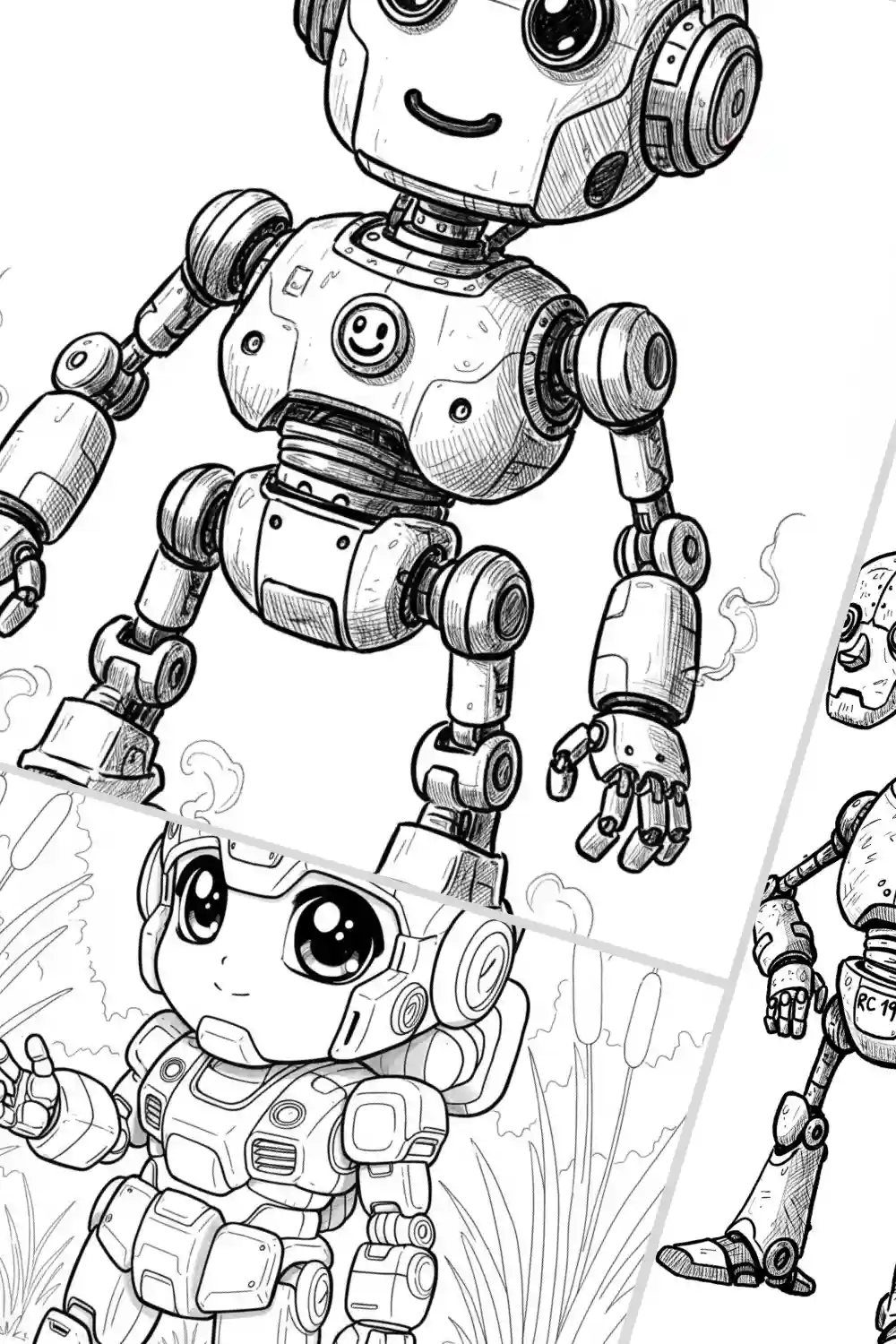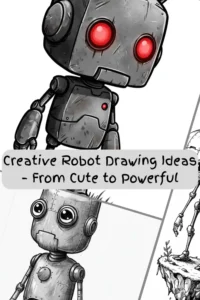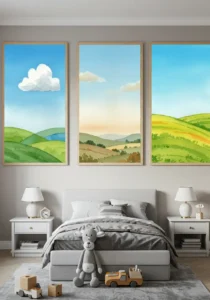Drawing robots can be an exciting and creative endeavor, especially when you only need a pencil and your imagination. Robots, with their futuristic designs and mechanical intricacies, offer endless possibilities for artistic exploration. Whether you’re a beginner or an experienced artist, here are some ideas and tips to help you bring your robotic creations to life on paper.
1. Start with Basic Shapes

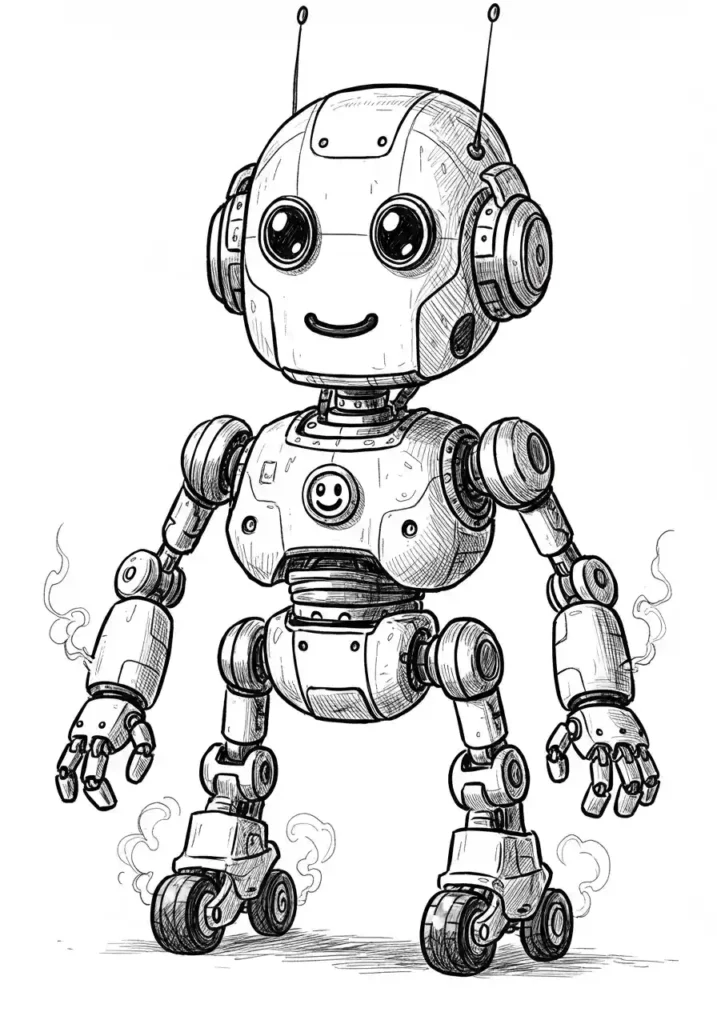
Every great robot design begins with simple geometric shapes. Circles, rectangles, triangles, and ovals can serve as the foundation for your robot’s body, head, arms, and legs. Sketch lightly to create a rough outline, as this will make it easier to adjust proportions and refine details later.
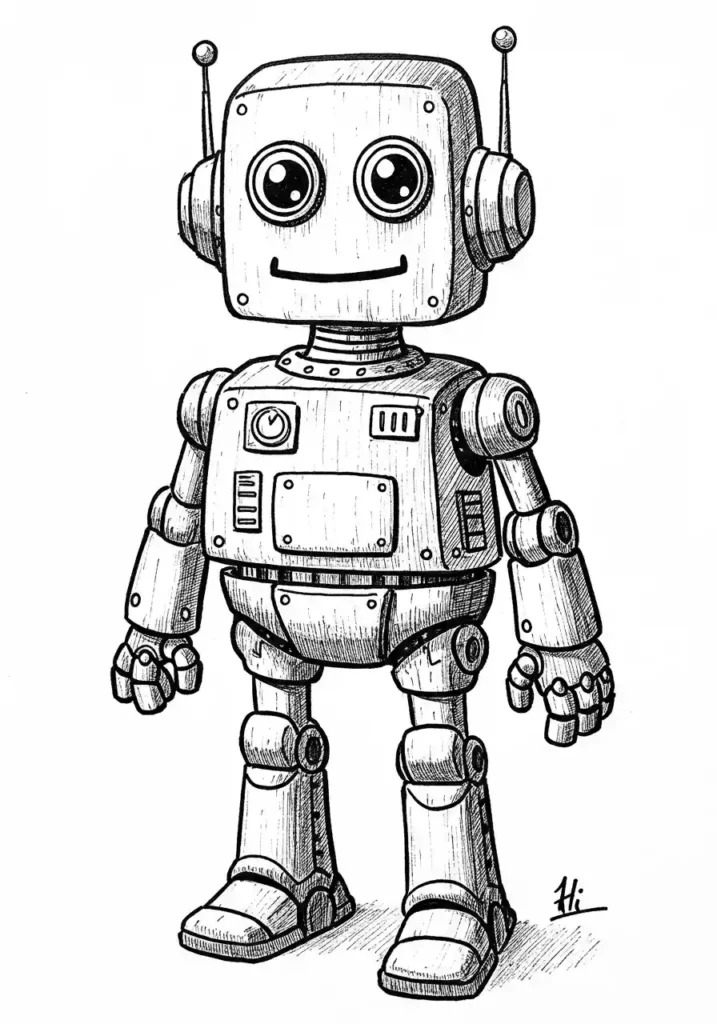
For instance:
- Use rectangles for the torso and limbs.
- Add circles or ovals for joints and wheels.
- Experiment with triangular shapes for unique head designs or armor plating.
2. Explore Different Themes

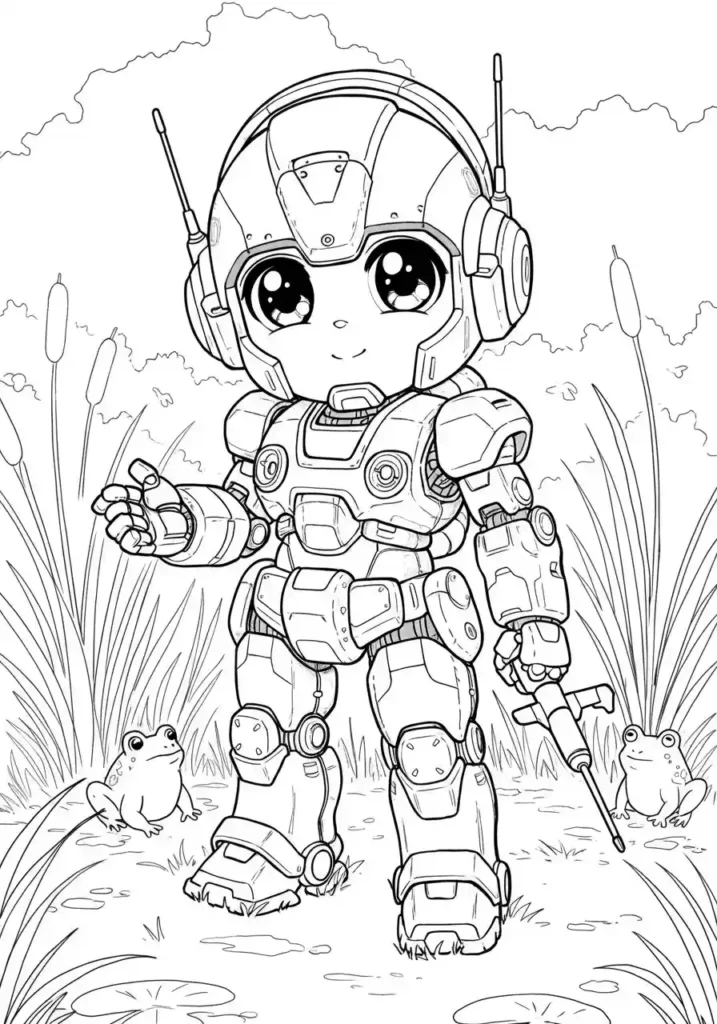
Robots come in all forms, from sleek and futuristic to rugged and industrial. Choosing a theme can help guide your design and make your robot more cohesive. Here are a few ideas:
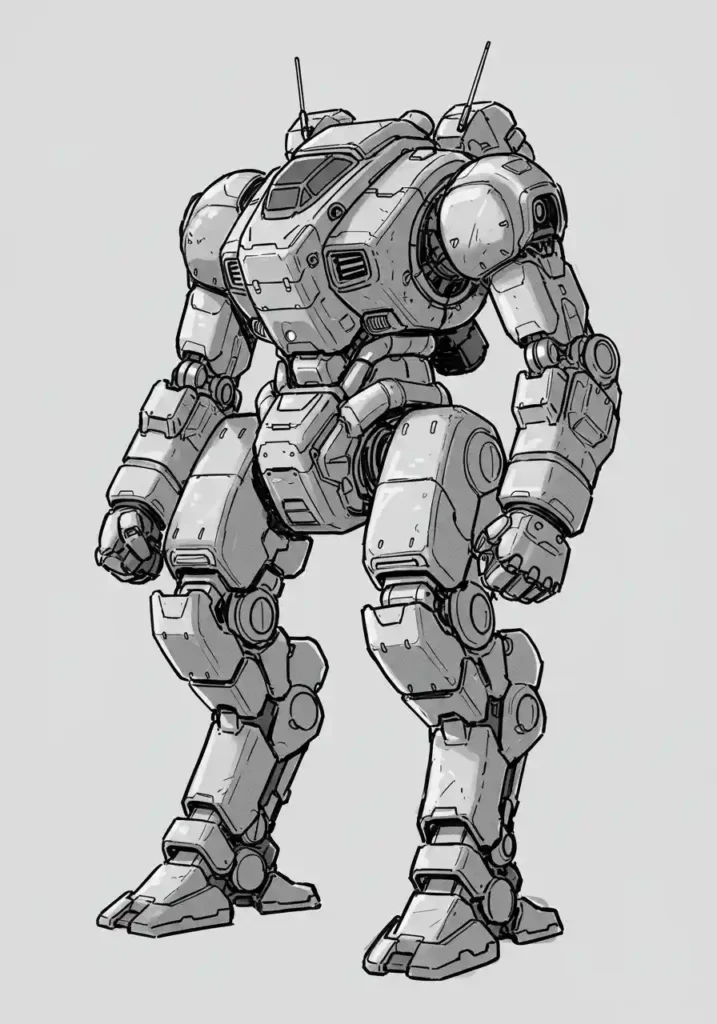
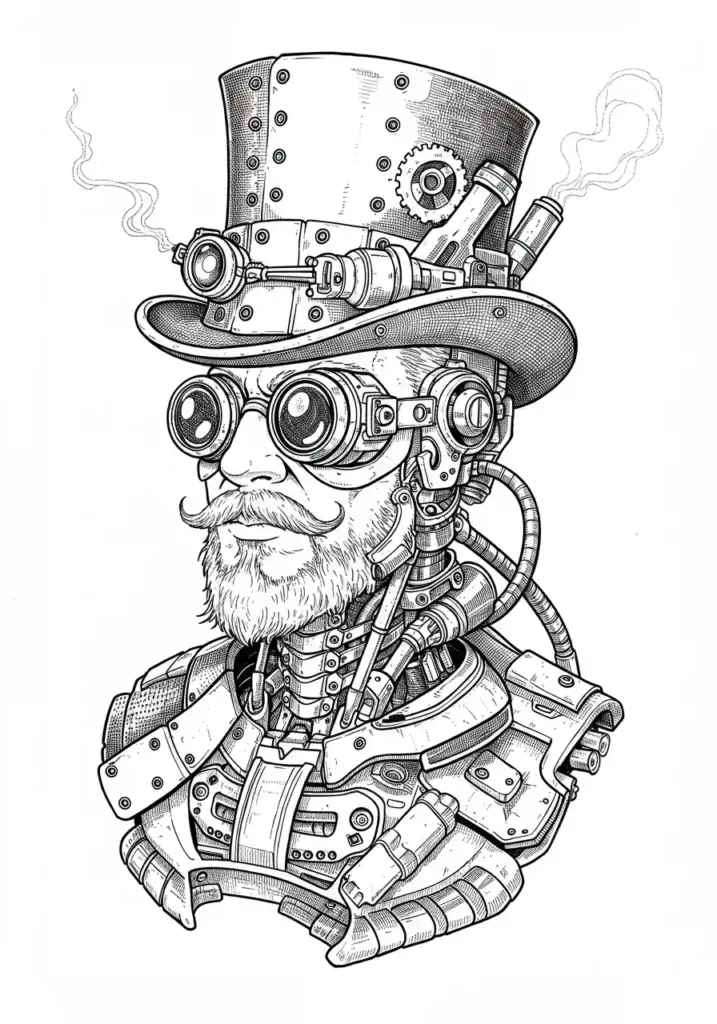
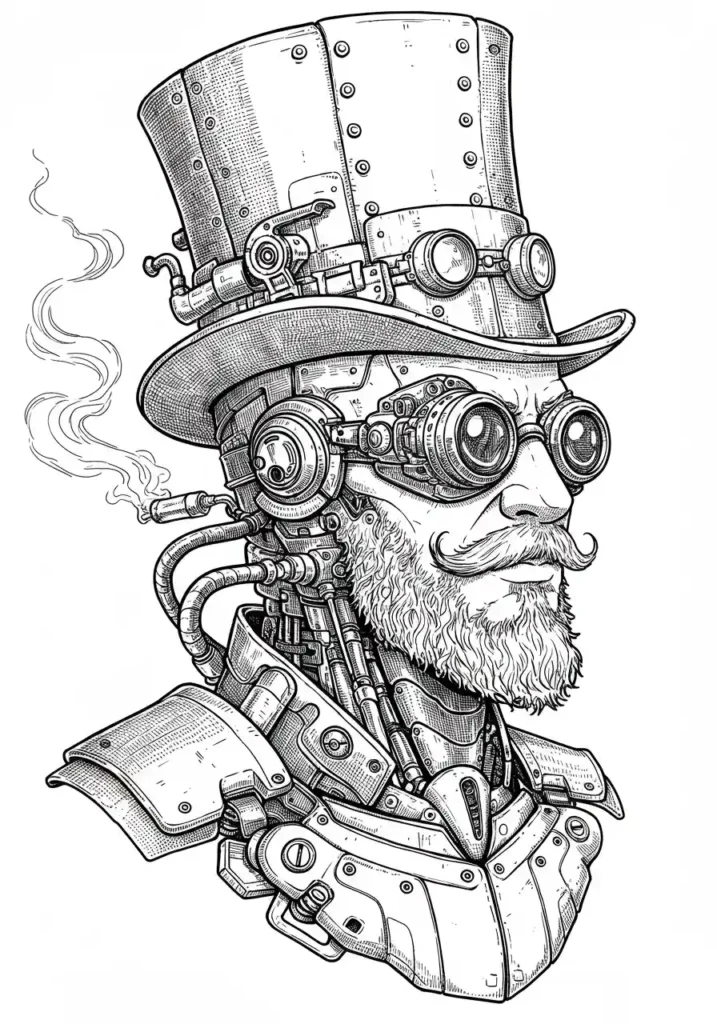
- Humanoid Robots: Design a robot that mimics the human form. Focus on symmetry, facial features (like LED eyes or a digital mouth), and articulated limbs.
- Animal-Inspired Robots: Take inspiration from animals like cats, birds, or insects. Incorporate features like wings, claws, or antennae into your design.
- Industrial Robots: Draw machines designed for heavy-duty tasks, such as welding arms or construction bots. These often have a boxy appearance with visible bolts and gears.
- Futuristic Droids: Create sleek, minimalist robots with smooth surfaces and glowing panels. Think of AI assistants or space exploration bots.
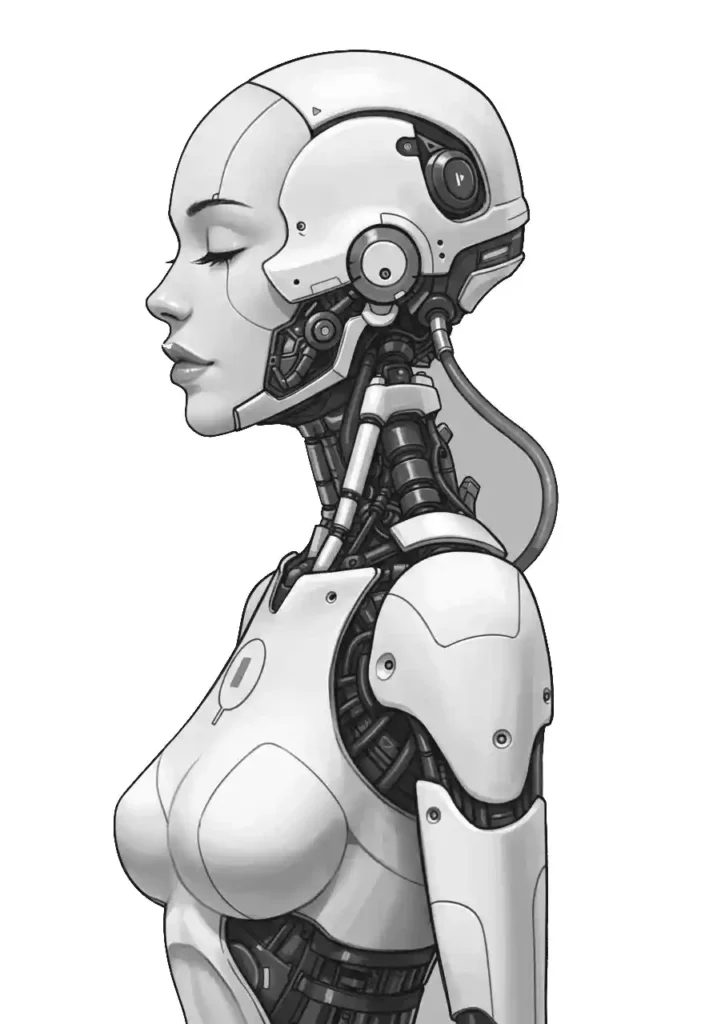
3. Add Mechanical Details
What makes a robot stand out are the intricate mechanical details. Once you have the basic structure sketched out, start adding elements like:
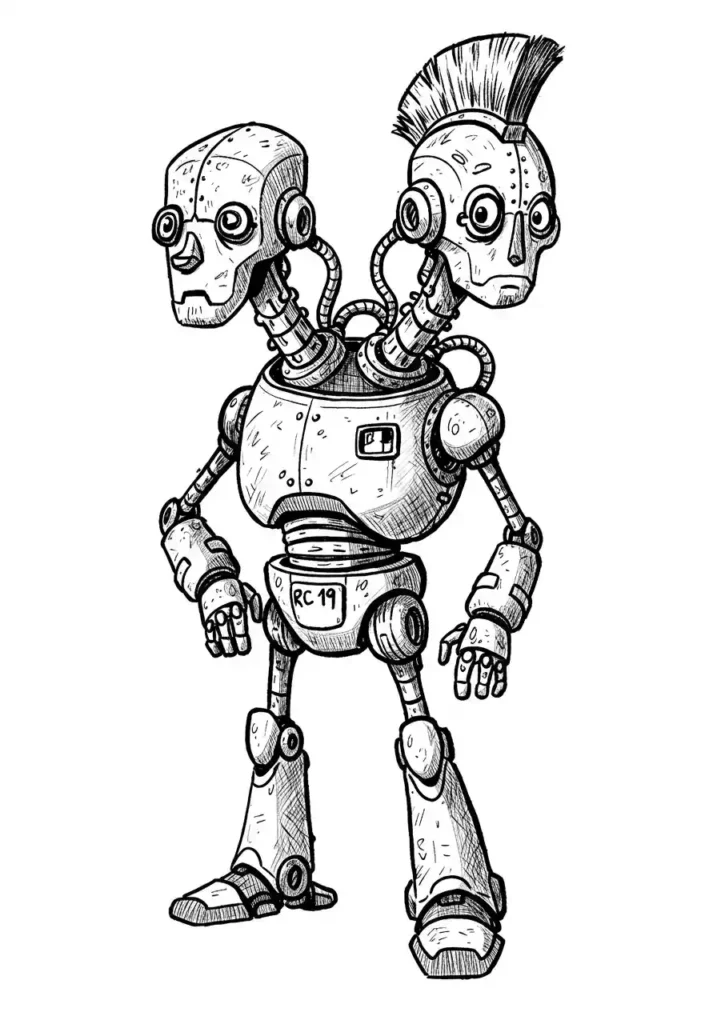

- Gears, pistons, and hydraulic systems.
- Wires and cables connecting different parts of the body.
- Panels, vents, and screws to give a sense of realism.
- Antennas, sensors, or cameras to emphasize functionality.
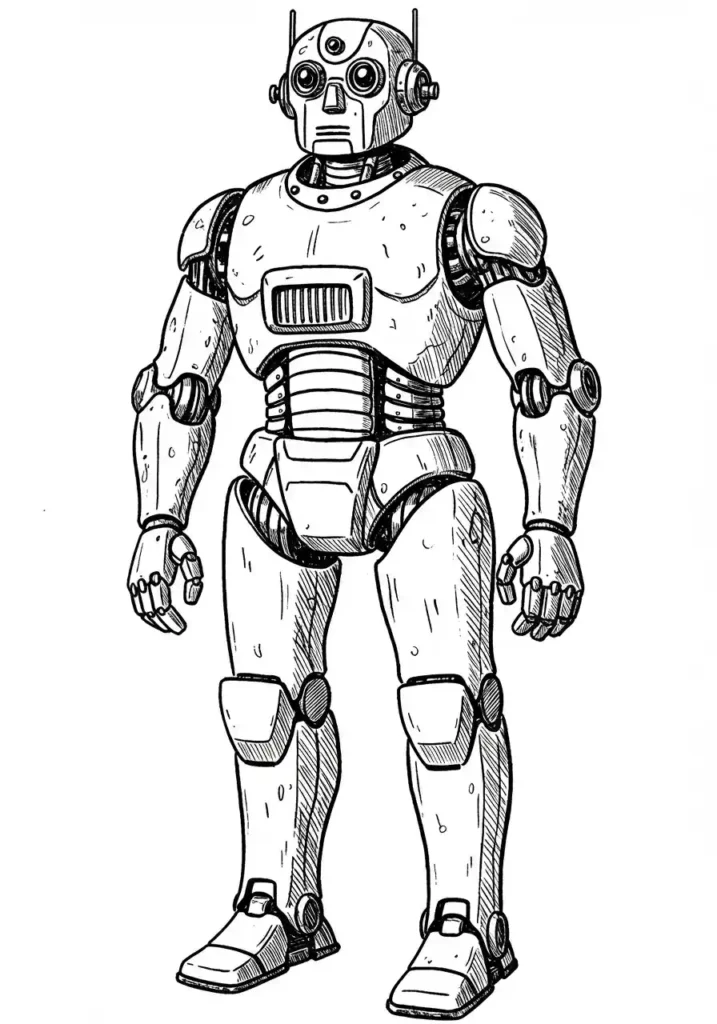

These small touches can make your robot look more complex and believable.
4. Experiment with Proportions
Robots don’t have to follow traditional rules of anatomy. Play around with proportions to create unique designs:
- Oversized arms or legs for strength-focused robots.
- Tiny heads on massive bodies for comical or quirky designs.
- Long, spindly limbs for a creepy or alien-like aesthetic.

Feel free to exaggerate features to give your robot character and personality.
5. Focus on Texture
Though you’re working with just a pencil, you can use shading techniques to add texture and depth to your robot. Consider how different parts of the robot would feel if they were real:
- Use cross-hatching for rough, metallic surfaces.
- Add smooth gradients for polished panels.
- Create tiny dots or stippling for rusted or worn-out areas.
- Incorporate scratches or dents to show wear and tear.
Shading not only enhances realism but also helps convey the material your robot is made of—steel, plastic, or even futuristic alloys.
6. Incorporate Movement

Robots are dynamic creations, so think about how they move. Sketch your robot in an action pose to bring it to life:
- A humanoid robot running or jumping.
- A flying drone hovering in mid-air.
- A mechanical arm reaching out to grab something.
Adding movement makes your drawing more engaging and gives it energy.
7. Design Unique Features
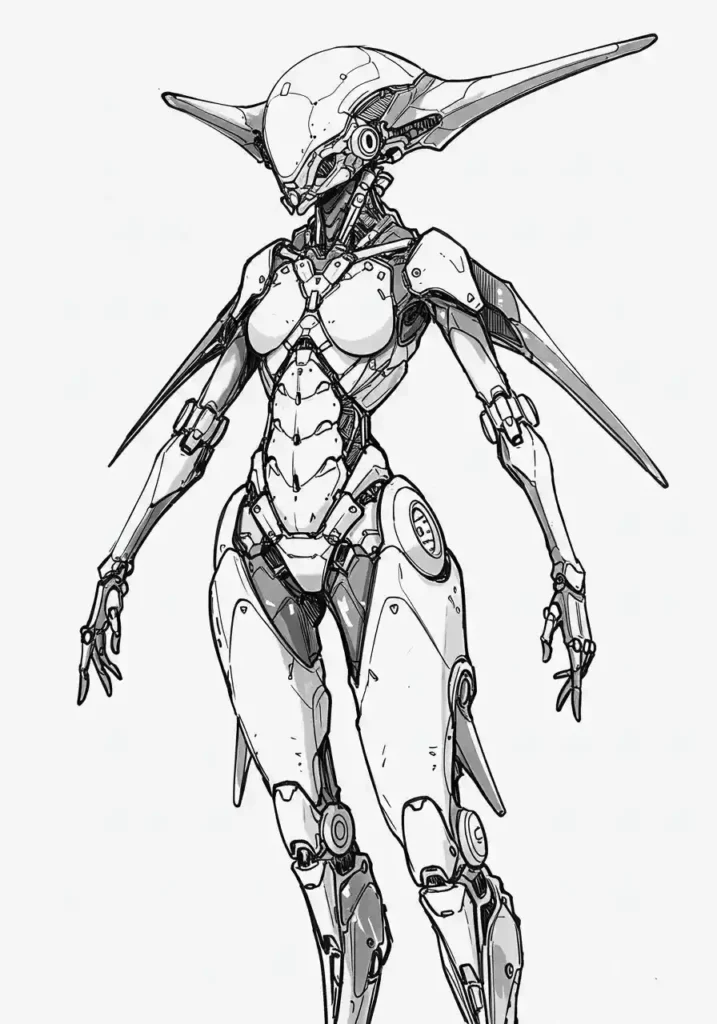
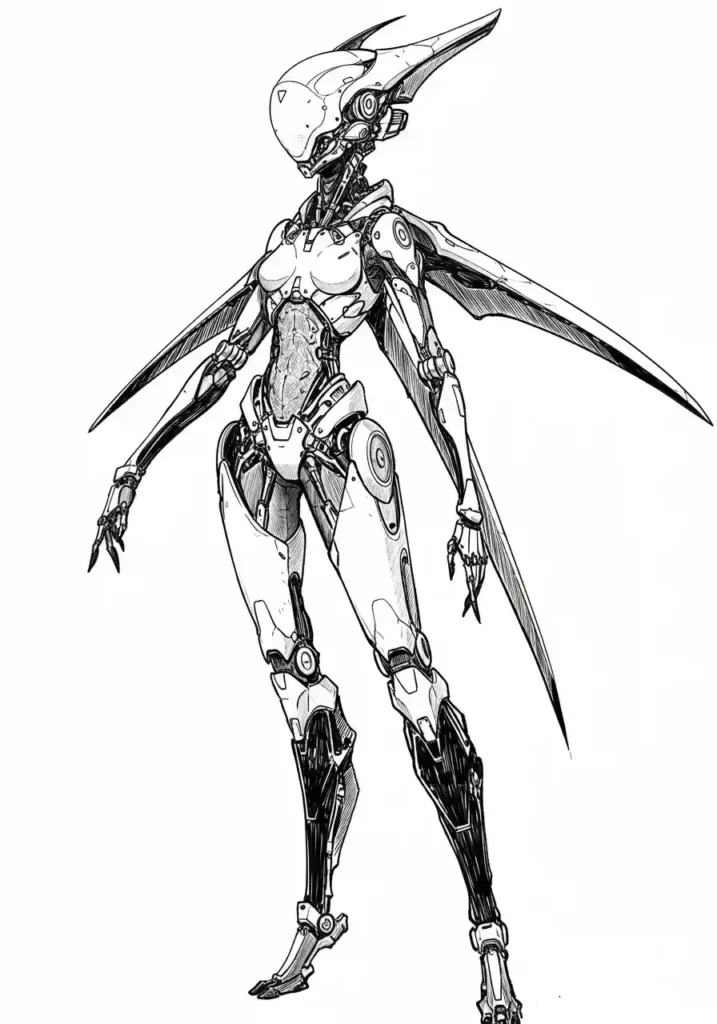
Every robot should have something that sets it apart. Think about its purpose and add features that make it special:
- A jetpack or rocket boosters for flight.
- Claw-like hands or multi-tool appendages.
- A glowing core or power source in the chest.
- Weapons like laser cannons or shields for battle bots.
These features will make your robot memorable and showcase your creativity.
8. Draw Inspiration from Real Life
If you’re stuck for ideas, look at real-world technology for inspiration. Robotics labs, sci-fi movies, and even household appliances can spark new concepts. For example:
- The Boston Dynamics robots are great references for realistic movement and design.
- Classic sci-fi films like Star Wars or The Matrix feature iconic droids with unique aesthetics.
- Everyday items like vacuum cleaners or coffee machines can inspire quirky robot designs.
Let the world around you fuel your imagination!
9. Create a Backstory
Giving your robot a story can help you design it more thoughtfully. Ask yourself questions like:
- What is its purpose? Is it a helper, a warrior, or an explorer?
- Who built it? Was it created by humans, aliens, or another machine?
- Where does it operate? On Earth, in space, or underwater?
A backstory can influence everything from the robot’s appearance to its features.
10. Practice Makes Perfect
Finally, don’t be afraid to experiment and make mistakes. Drawing robots is all about pushing boundaries and trying new ideas. The more you practice, the more confident you’ll become in creating intricate designs.
Start with small sketches of individual parts—like robotic arms or heads—and gradually work your way up to full-body drawings. Over time, you’ll develop your own style and techniques.
Final Thoughts
Drawing robots with a pencil is a fantastic way to explore your creativity while honing your artistic skills. With endless design possibilities and no strict rules to follow, you can let your imagination run wild. So grab your pencil, start sketching those gears and circuits, and watch as your robotic creations come to life on the page!
Happy drawing!
